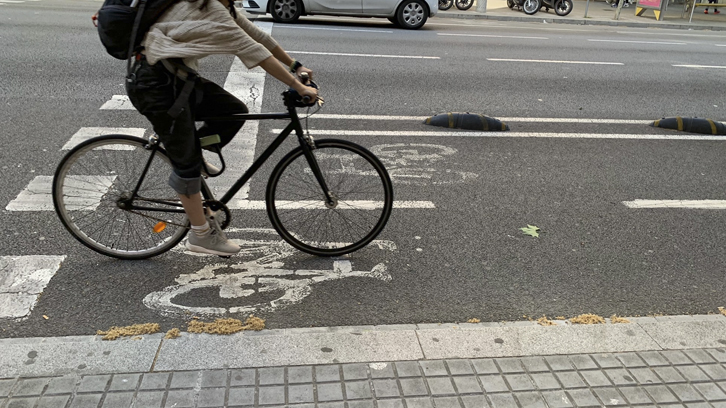Gendered travel patterns when cycling or e-scooter riding?

GEMOTT and ICTA (UAB) resarchers have studied the use of micromobility in the city of Barcelona and the relationship between the behavior of its users and their gender in order to design spaces where micromobility users are diversified. The results of the research show the differences in the way users travel according to their gender, age and whether or not they have children.
The use of micromobility vehicles is currently skewed towards young men. Men not only constitute the majority of cyclists and electric scooter (e-scooters hereafter) riders in most cities, but they are also more prone to breach traffic rules or adopt risky behaviours. All in all, studying the relations between travel behaviour and gender is fundamental to designing spaces that enhance sustainable mobility modes and invite a diverse fleet of cyclists and e-scooter users.
With that aim, we investigated how Bicing and e-scooter riders navigate through Barcelona’s cycling facilities from an intersectional perspective. That is, recognising the complex way in which multiple forms of discrimination associated with identity combine. Particularly, we analysed whether the intersection of gender, age and parenthood modulated travel speed and route preferences of micromobility users. To do so, we asked a group of almost 90 bike-share and e-scooter riders to wear a GPS for a week. The GPS tracked the locations that participants visited and informed on cycling infrastructure use and travel speed.
After studying over 900 trips, we found that men and women ride differently, which is further defined by their age and child-care responsibilities. The results indicate that men riding e-scooters travel faster than women, whereas cyclists travel at a similar speed regardless of their gender. In particular, young men riding e-scooter are the group that travels the fastest. Fast riding practices have been identified to threaten walkers’ perception of safety and to discourage other micromobility users riding at moderate speeds to take the lane. Hence, reckless riders can dissuade other citizens from adopting sustainable mobility modes.
GPS tracks also showed that women cyclists avoid sharing the space with drivers or to use Bicing at night. It is noteworthy that half of the women surveyed in Barcelona reported having experienced an aggression due to their gender identity while cycling. Therefore, our results might be explained by women’s unwillingness to negotiate the road with drivers or tolerate harassment in highly masculinised spaces, such as Barcelona’s traffic. This is also consistent with our finding reporting that women cycle much faster at night. Moreover, our results show that parents ride at a slower pace than those without child-care responsibilities.
To sum up, exploring travel speed and route preferences from an intersectional perspective and using spatial data enlightened on the distinct travel patterns of the micromobility fleet.
(1) Research Group in Mobility, Transportation and Territory, Department of Geography, Universitat Autònoma de Barcelona
(2) Institut de Ciència i Tecnologia Ambientals (ICTA), Universitat Autònoma de Barcelona
References
Cubells, J.; Miralles-Guasch, C.; Marquet Sardà, O. Gendered travel behaviour in micromobility? Travel speed and route choice through the lens of intersecting identities. Journal of transport geography, Vol. 106 (Jan. 2023), art. 103502. 11 pàg. https://doi.org/10.1016/j.jtrangeo.2022.103502

